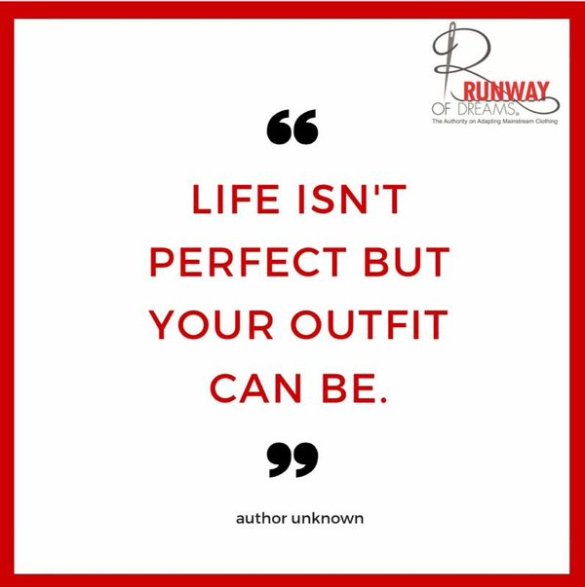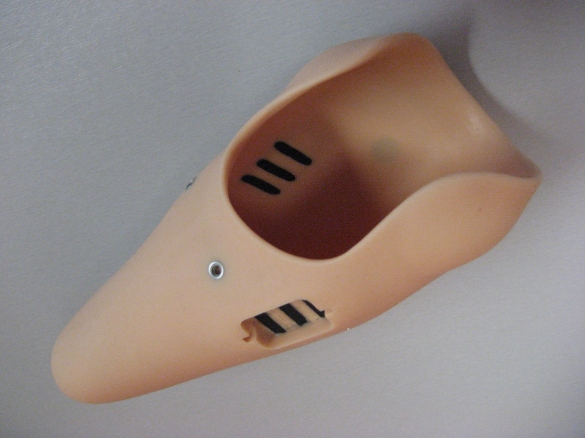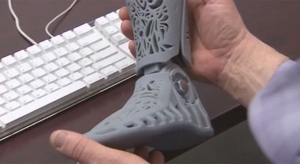Last week I sat down with Certified Orthotist Michael Chouinard C.O. (c). Mike has been with us for over 25 years, and has been in the P & O industry for a total of 36 years. Looking to receive some insight on a more personal level, I figured who better to provide that than somebody who has been specializing in pediatric orthotics for as long as he has.
I started by asking Mike some pretty clear cut questions. I wanted to know what he enjoyed most about the industry and on the opposite side of the spectrum, what provided the most challenges for him as an Orthotist.
Mike cites “seeing the kids walk better, with better positioning and then the parents, the look on their faces and the confidence that comes from the feeling that somebody is helping their child. They are very appreciative and they are just so happy that they are getting the best care”, as the most rewarding part of his job. We spoke in detail regarding the importance of the “team” approach to client care. Mike believes the team at Niagara Prosthetics & Orthotics is well-rounded and provides a positive atmosphere for clients from start to finish “I feel like we have a positive team, so that is like a dream come true”.
As mentioned previously, Mike works predominantly with children- a lot of whom have some form of communication delay that prevents them from being able to fully express their feelings in words. One of the biggest challenges he faces on a daily basis is when he is casting a child for a new orthotic device. The process of having to use a noisy cast cutter to remove the cast from the child’s leg or arm is one that provides extreme stress for some children, resulting in regular bouts of fearful tears in his clinical room. Mike relies on clear communication with both the child and the parent to prevent any surprises in the room. “I find that it relaxes everyone in the room when I lay out exactly what is going to happen”
We also discussed Mike’s valuable partnership with the Niagara Children’s Centre. Located directly beside Niagara Prosthetics & Orthotics, he is proud of the quality of care he is able to provide his clients by combining his experience with the expertise of the staff at the Niagara Children’s Centre. “It’s been an amazing experience working with the folks over there”
-Emily McCaffery





